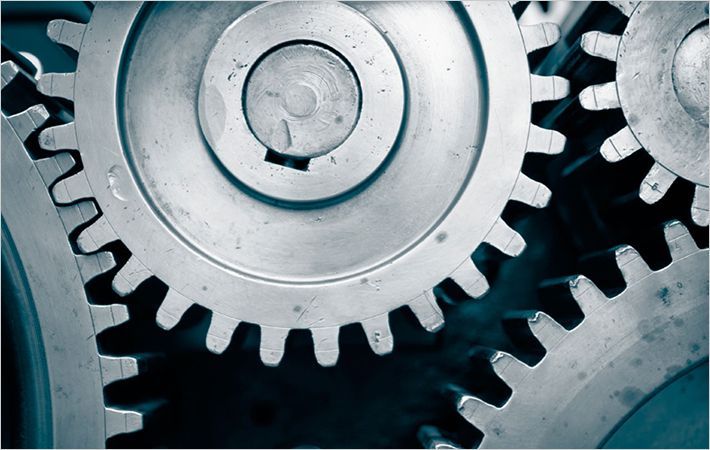“The market launch has turned our lab idea into a concrete innovation,” rejoice the developers of the new reinforcing earthquake fabric. For several years, Lothar Stempniewski and Moritz Urban have investigated possibilities of low-cost retroactive securing and reinforcement of earthquake-prone walls of older buildings. They invented a glass fiber plastic fabric with four fiber directions. By means of an appropriate plaster, this special seismic fabric is applied onto the respective facings.
“Together with Dr. Günther Kast GmbH & Co. KG, a manufacturer of technical tissues, the high-tech tissue was developed to maturity. Under the brand name “Sisma Calce”, the Italian building material manufacturer Röfix, a subsidiary company of the German Fixit Group, now has included seismic fabric and a proper plaster in its product range. “The market launch has turned our lab idea into a concrete innovation,” rejoice the developers of the new reinforcing earthquake fabric. For several years, Lothar Stempniewski and Moritz Urban have #
“Thanks to the reinforcement, collapsing of walls due to earthquakes can be delayed and, in the ideal case, be avoided completely. “Particularly in the case of short and moderate earthquakes, mostly not much more additional tensile strength is needed to avoid a collapse of the building,” explains Urban. The simplicity of that “prophylactic dressing” allows applying it easily during renovation together with insulation. “In the case of a catastrophe,” Stempniewski adds, “much can be achieved if only we succeed in reinforcing and protecting critical infrastructures such as hospitals, schools, or rest homes.”
The high stiffness and considerable tensile strength of the glass fibers in the quasi plaster-integrated fabric allow walls to better reduce higher tensile stresses during earthquakes and avoid that punctual damage occurs and develops into cracks. Should the fibers rupture in spite of their strength during a heavy earthquake; the elastic polypropylene fibers will hold the broken wall segments together and keep them off the escape routes?
The two developers are sure that “the reinforcing earthquake fabric gives occupants more time to escape buildings.” Under advantageous conditions, the walls may even stay intact and houses could be repaired after the earthquake.” The stabilizing deformation behavior contributes to a better reduction of the energy introduced into the walls through the horizontal forces of the earthquake's acceleration forces.
In cooperation with Bayer MaterialScience AG, MAPEI S.p.A., and Dr. Günther Kast GmbH & Co. KG, the introduction of an adhesive seismic fabric for indoor use is currently being prepared. Besides researching into systems for masoned walls, the team around Stempniewski intends to investigate into reasonable solutions for concrete buildings.
“The challenge in the case of concrete is the higher force that must be absorbed. We thus test new materials such as carbon fibers. In doing so, we at the same time lay the foundations for future innovations to be developed by KIT.” In total, Karlsruhe Institute of Technology already holds approximately 2000 patents in numerous research areas.
Karlsruhe Institute of Technology (KIT)

